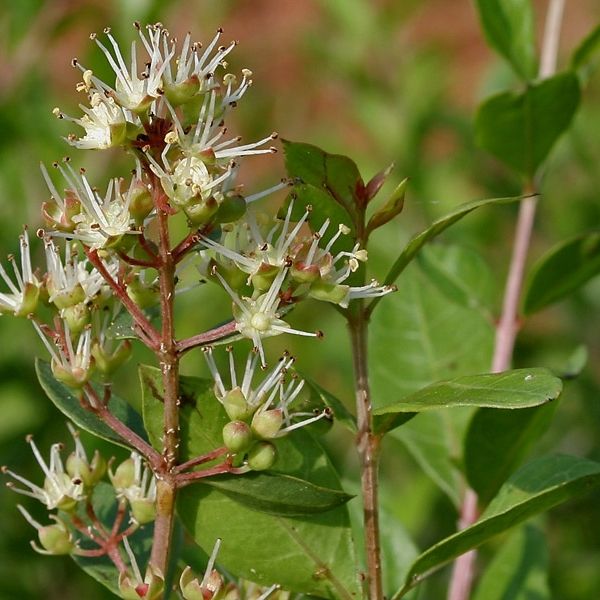Lawsonia inermis, commonly known as henna, is a flowering plant native to tropical and subtropical regions of India. It is cultivated for its leaves, which are dried and powdered to produce a natural dye used for body art, hair colouring, and other cosmetic purposes.
Hair colouring and conditioning: Henna has been used for centuries as a natural hair dye. When applied to the hair, it imparts a reddish-brown colour. It is also believed to condition the hair, adding shine and improving hair health. Many people choose henna as a natural alternative to chemical hair dyes.
Henna paste is commonly used to create intricate temporary tattoos on the skin. The dye molecules in henna bind with the keratin in the skin, resulting in reddish-brown stains that can last for a couple of weeks. Henna body art is often used for celebratory events, such as weddings and festivals.
Henna is known for its cooling properties. In traditional medicine, henna paste is applied to the skin to help cool and soothe the body in hot climates. It is believed to have a calming effect on the skin and can provide relief from heat-related discomfort.
